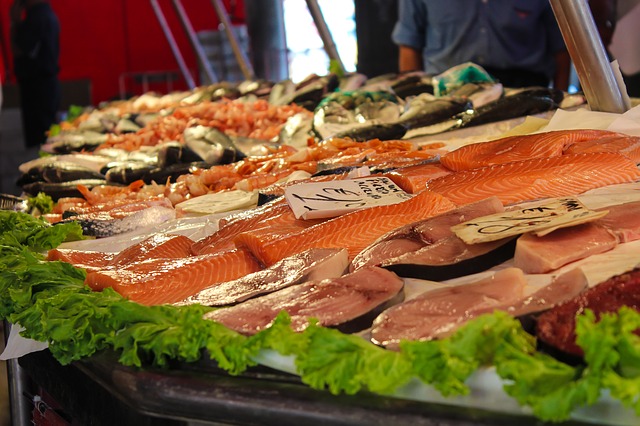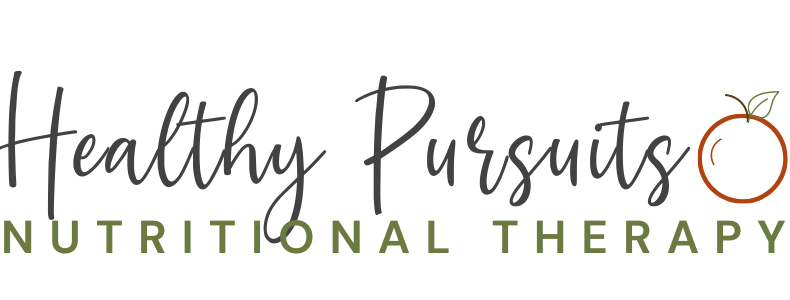There are certain proteins and fatty acids that are essential to human life and we have to get them from our diet (Interestingly enough, while carbohydrates certainly can have their place in a healthy diet, there are no essential carbohydrates – meaning we can survive without eating them).
Two types of fatty acids that we have to get from our diet include omega-3 and omega-6 fats.
These fatty acids are vital to human development and health. It is especially important that children get adequate amounts of omega-3 fats in their diets. One study looking at 307 children found that those with the highest concentrations of omega-3 fatty acids (particularly DHA) were 3-4 times more likely to pass the cognitive test given as part of the study (1):
Deficiencies of omega-3 fatty acids play a role in many symptoms of poor health of the body and brain. A few examples include:

- Cancer
- Fatty liver disease
- Heart disease
- Asthma
- Inflammation and joint pain
- Depression/anxiety
- ADHD
- Bipolar disease

Omega-3s are polyunsaturated fats. This just means in their molecular structure they have 2 or more double bonds (saturated fats have zero bonds and therefore are fully saturated with hydrogen). The multiple double bonds in polyunsaturated fats make them easily susceptible to damage from heat and light. Damaged fatty acids are a big cause of inflammation in the body and play a role in all those issues listed above.
We need to consume plenty of omega-3 fats but we want to make sure we get quality sources that our bodies can use effectively.
There are quite a few different omega-3 fatty acids but three of the most common are ALA, EPA, and DHA. EPA and DHA are technically themselves not essential because they can be synthesized in the body from ALA but studies show that conversion rate in humans is extremely low; less than 10% of ALA gets converted to EPA and DHA (2). This is a problem because EPA and DHA are the active forms used in the body for preventing and fighting inflammation, building and sustaining healthy brains, and can even help those with insulin resistance to become more insulin-sensitive.
EPA is largely involved in the body’s anti-inflammatory process. Inflammation is a word we throw around a lot but when not kept in check it is involved in almost any health issue you may have. DHA is incredibly vital to brain health and it is so important to make sure you are getting this in your diet and definitely into your kiddos’ bodies! Those growing brains don’t need refined sugar or artificial foods, they need the fatty acids that are the building blocks of healthy brains.
Unless you make a point to, you’re probably not getting enough of the omega-3s EPA and DHA. Our diets are much more naturally high in omega-6 fatty acids and we tend to eat far more of them than omega-3s.
The Right Ratio
Ideally, we should consume omega-6 and 3 fats in a ratio of about 1:1 – 2:1 but the average american diet is more like 16 – 20:1 omega 6:3. Not only that but the omega-6 fats that we often eat come from refined, inflammatory, and damaged industrial seed oils like soybean, corn, sunflower, and safflower. Because omega-6 fats are also polyunsaturated they are easily damaged by heat and light. The process of extracting those oils from their whole food form usually involves high heat and chemical solvents. By the time the oils are even on the shelf they’re damaged. You likely don’t cook with those in your home but when you eat out or eat any kind of processed food you are probably consuming those damaged fats. So, not only are we getting a big hit of the omega-6 fats but we are getting damaged ones that are going to add to the symptoms you might be experiencing.
Better sources of omega-6 fats come from meats, eggs, nuts and seeds. We generally don’t have to try too hard to eat those foods and most people get plenty of omega-6 fats from them.
Incorporating Omega-3 Fats in Your Diet
Omega-3 fats, in their preformed, useable, and preferred form of EPA and DHA are found in cold water fatty fish like salmon, sardines, mackerel, trout, anchovies, halibut, and tuna (depends on the type 3).
Good sources of ALA omega-3 fatty acids are found in sources like chia, hemp, and flaxseeds and walnuts. These are healthy foods and have benefits other than the omega-3 content but you should keep in mind that they are not going to provide your body those active forms of omega-3 fats EPA and DHA.
People often turn up their nose when I suggest eating sardines but they are an easy, relatively inexpensive (compared to salmon) way to get a whole food form of omega-3s in your diet. Whether you eat sardines or not, aiming to get at least 2 but more like 3 or 4 servings of cold water fatty fish in your diet weekly is a good goal. These fats are so important to your health and finding ways to branch out and incorporate them into your diet is going to serve your body well!
You can also supplement with a high quality EPA/DHA supplement but I wouldn’t recommend just getting any old one off the shelf. Because of the delicate nature of polyunsaturated fats, companies that don’t take extra care with their methods of extracting and bottling these supplements will likely be providing a poor quality product that could be adding to your inflammation instead of helping.
Here are some ways I like to get omega-3 fats in my diet on a weekly basis (while paying attention to budget):
- Salmon once or twice per week for dinner. I miss the lovely fresh salmon we used to get in the PNW but I settle for more affordable frozen wild-caught options now.
- Canned mackerel or sardines in either water or extra virgin olive oil. Water is preferred because you don’t lose any precious omega-3s when draining the excess oil out but the varieties canned in water tend to be more expensive. Cheapest options of canned sardines are usually in soybean or cottonseed oil. Stay away from these! I have these for lunch two or three times per week usually. I’ll either just throw them on a salad or mush them up with some mayo and mustard and maybe some chopped up pickles, olives, cucumbers, onion, or whatever I’m feeling. It’s like tuna salad but with sardines or mackerel.
- I’ll throw hemp seeds on a salad, blend into a smoothie with chia seeds, or even sometimes blend into my coffee (link fatty coffee).
- Sourcing grass-fed options of meat and eggs from pastured hens provide higher amounts of omega-3 fats than grain-fed options. Grass-fed beef, while it has its own health benefits, does not have nearly the amount of omega-3 fats that those marine sources have though so I tend to think of it more as a way to keep my 3:6 ratio in check.
One thing to keep in mind whether you’re getting most of your omega-3 fatty acids from a good quality supplement or real food is that it still matters what else you’re eating. Consuming sugar, processed carbohydrates, and refined seed oils are going to be detrimental to your health whether you add omega-3 fats to your diet or not. But, if you focus on getting those good sources of omega-3 fats in your diet from food as much as possible you may work to crowd out some of the less healthy options.
Do you make a point to include omega-3 fats in your diet? What are some of your preferred ways to include them?
